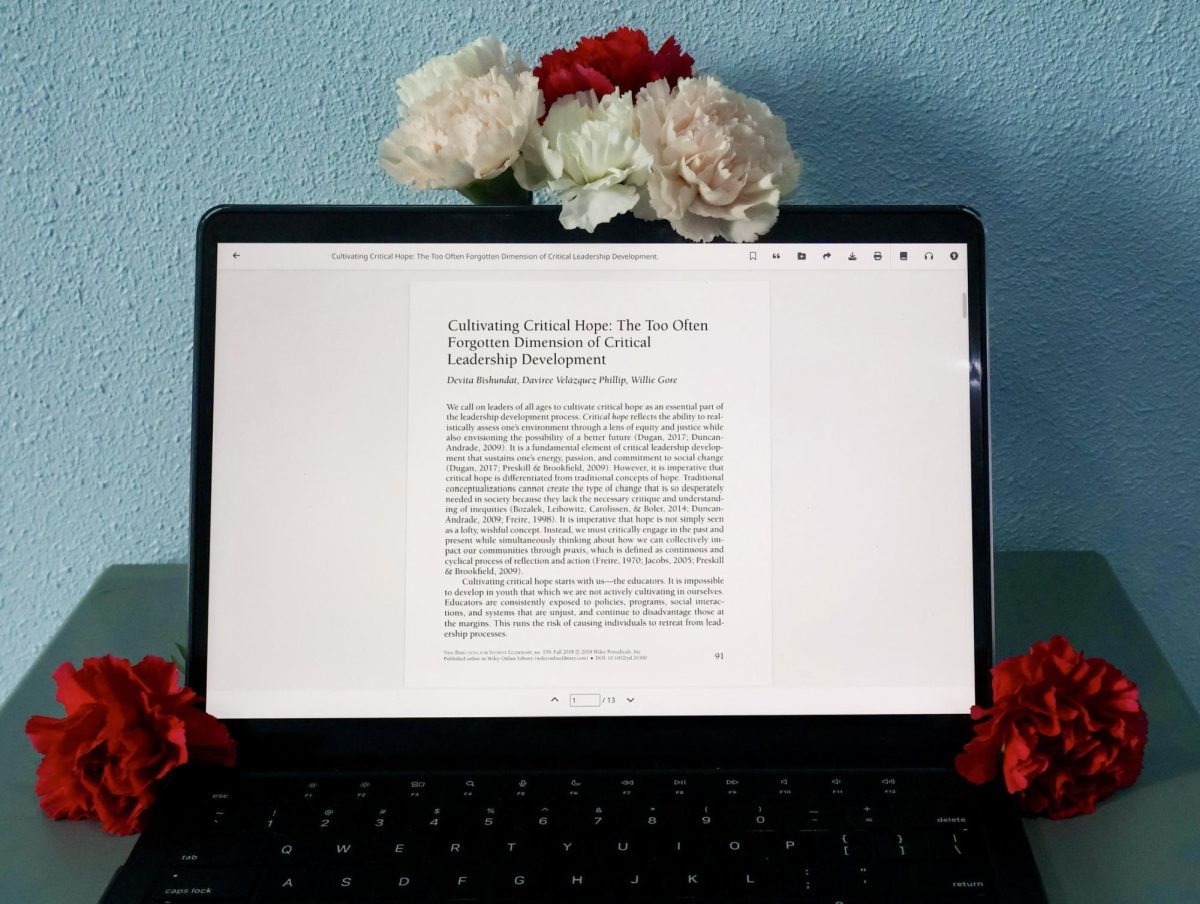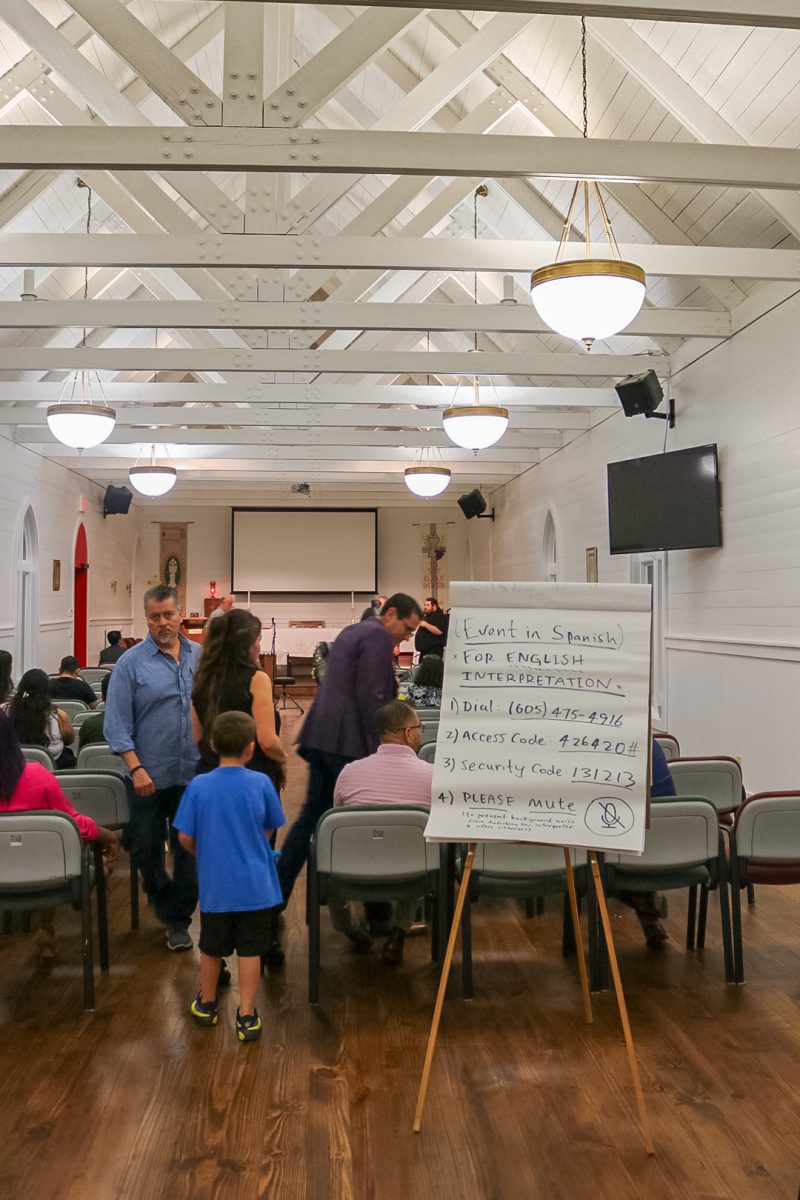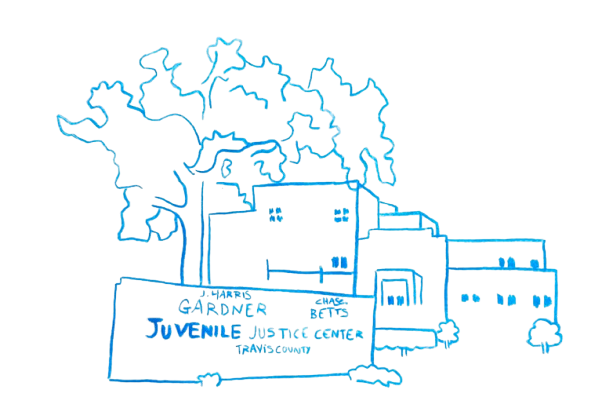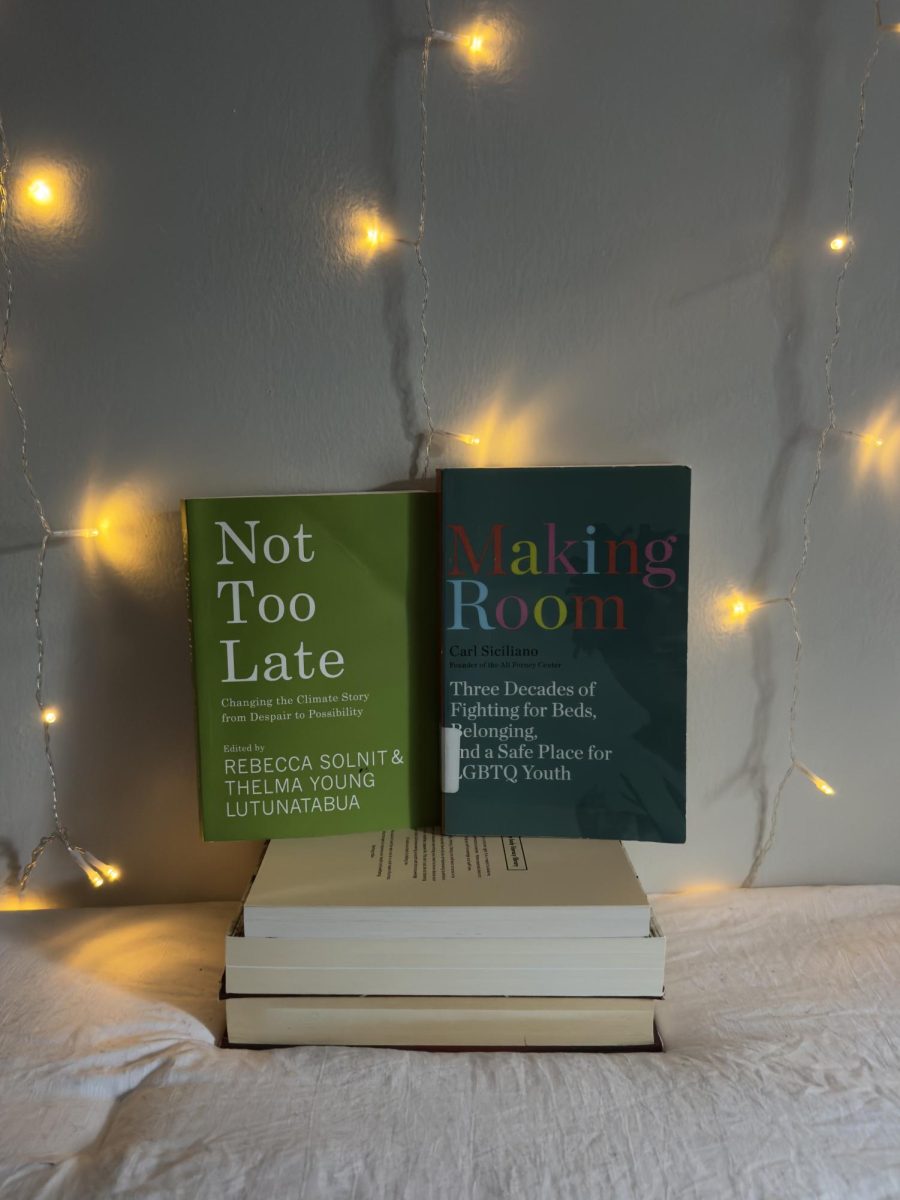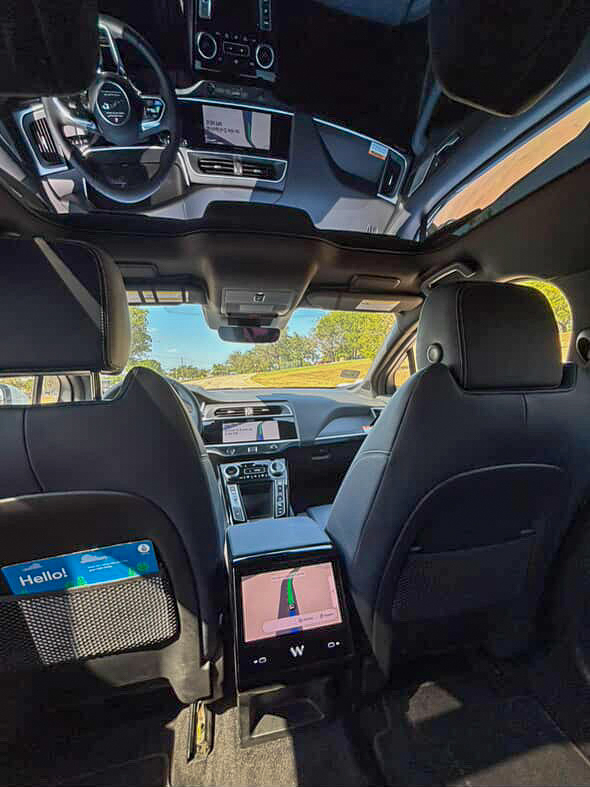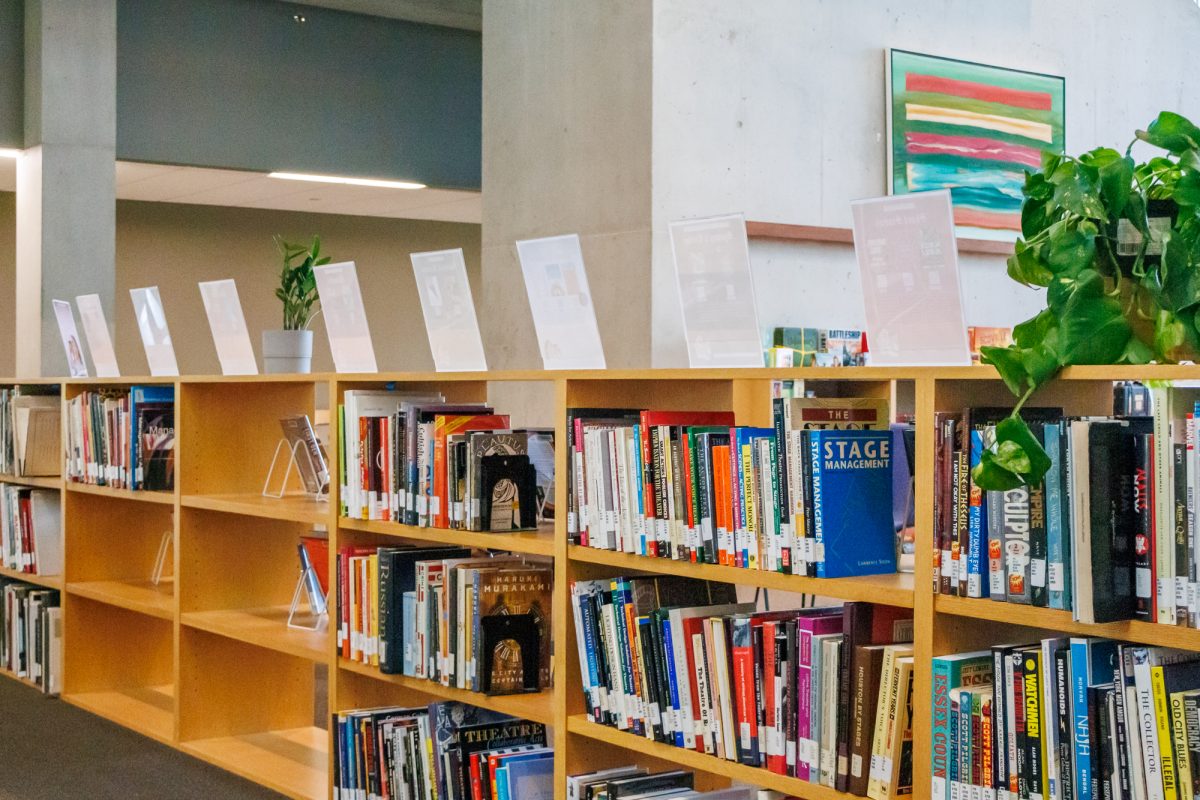CapMetro has launched two new lines in East Austin, totalling 27 miles of extended Metro Rapid routes, as part of Austin’s continued Project Connect effort, a first victory for the program since its 2020 creation.
While the new addition is a success in bringing greater transit options to a traditionally underserved area of Austin, the Project Connect partnership must continue to innovate its fleet, expand lines and integrate accessible options in the continued phases of the program’s progression.
The project’s first move being in East Austin was done as a deliberate attempt to serve an area affected by the impacts of historic discrimination, which has been subject to severe disconnectivity. Prior to the creation of the 27 miles, Metro Rapid lines did not serve any eastern area beyond I-35.
In the 2010s, significant analysis and commentary were created highlighting 1920s city policies that pushed African-Americans and Hispanics out of west and downtown Austin through redlining, racial covenants and the uprooting of municipal services.
Most prominently, the 1928 Austin Master Plan created the East Avenue thoroughfare which separated the new segregated parts of the city. This racialized border was then expanded into what is now known as I-35, a construction which broke away from the original design of East Avenue and removed all of the green space present in the boulevard. This expansion, of course, compounded with the seizure of Black-owned houses and businesses who were already displaced to this eastern section of Austin.
Even in the wake of segregation’s fall, a severe lack of services and governmental regard have plagued the Eastside, which led the way for gentrification and displacement to begin amongst East Austin communities. However, city initiatives such as Project Connect and the City of Austin Master Plan have sought to equitably serve East Austin, through the creation of more transit and community building, for example.
In the 2020 ballot measure passed by Austinites, Project Connect promised to provide 300 million dollars in anti-displacement relief alongside its primary transportation-focused goals.
Project Connect’s choices in anti-displacement work is partly informed by the City of Austin’s Housing Department’s “Displacement Risk Area Map and Dashboard,” which utilized methodology from the University of Texas’ “Uprooted Report” to locate vulnerable populations.
Analysis of this tool reveals large portions of Austin East of I-35 suffering from “Chronic Displacement Risk.” Sites which now are dissected by CapMetro’s new lines.
The new 837 line features stops throughout East Austin in historically Black neighborhoods, landmarks and locales. Just off of I-35, the line makes a stop at Cherrywood Road – just two blocks away from the historic “Rogers Washington Holy Cross” district, a district created after World War two by displaced Black Austinites.
“(The Rogers Washington Holy Cross district) represented, I think, what East Austin used to be in terms of a complete, cohesive community. Yes there were differences, economic differences as well, but because we were segregated and we could not go across the freeways, we call it, we built our own and the communities thrived, our businesses thrived,” long time East Austin resident Patricia Calhoun recalled in an oral history with the “What Once Was” project.
The new lines operate on a fixed schedule, where the buses return to each station every 20-30 minutes. CapMetro, however, has noted the fallibility of this routine.
“Real-time arrival / departure times may not be exact and vary due to vehicular traffic and/or weather related conditions,” the transit operator noted.
“One of my least favorite aspects of riding CapMetro is that the buses can be unreliable at times,” University of Texas sophomore Robert Kosmari said. “Sometimes they don’t arrive at the stop at all. Other times, they will make long stops in the middle of trips for seemingly no reason. Experiences such as these have made arriving on time to appointments a stressful ordeal.”
Kosmari, as one of many collegiate transplants to the city, is not the target of Project Connect’s solution to disconnectivity with East Austin and the city at large. Still, all residents receive benefits from reliable and practical transit services within the city.
“As an Austin resident without a car, navigating the city is not difficult by any means,” Kosmari said. “I was able to go east for the first time off Dean Keaton with the new 837, and it was very exciting. CapMetro’s bus routes are extensive, and I’ve used them to explore all over the city.”
While CapMetro’s Austin services are larger than many municipalities in Texas, it is by no means the biggest. Its ridership is outsized by the Brazos Transit District operating in the Bryan-College Station area. It’s additionally outperformed by the Harris County Metro in ridership, as well.
The expansion of routes, particularly in areas with extensive need for transit, is an essential move by CapMetro. However, it must be done in addition to other developments in the service’s quality, reliability and sustainability.
CapMetro envisions that the new 800 and 837 lines will be fully electrified by 2026, but holdups in production and shakeups in the entire global economy suggest this is unlikely. In addition to the electrification of the new East Austin lines, retrofitting in older Metro Rapids is necessary as well.
If Austin wants to have net zero greenhouse gas emissions, equitable transit, reduced homelessness and displacement, the City must work with extreme speed and care. Collaboration between private organizations, the government and public must be developed to ensure this future.
With the expansion of I-35, the threat it places on businesses on the East Side and the annoyances it will provide in terms of construction, there is a dire need for more lines like CapMetro is providing in East Austin.
Austinites and transit enthusiasts are patiently waiting for the next moves CapMetro and Project Connect will make. We are all wondering if the 7.1 billion dollar dream will survive the Attorney General attacks and inflation increases.
In the meantime though, the two new lines in East Austin are a very necessary first step to put their rubber to the road.



